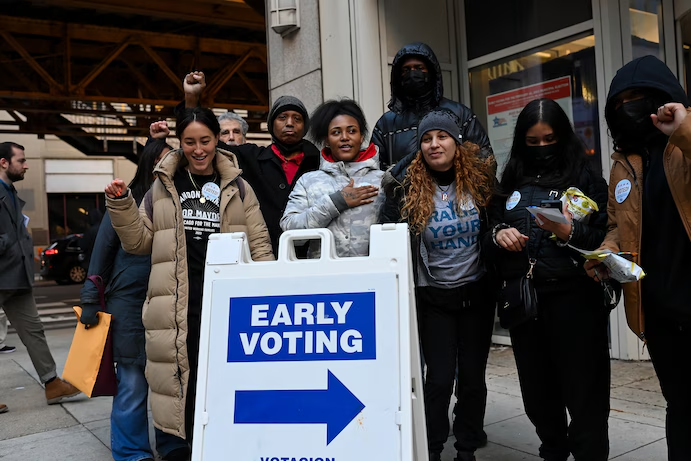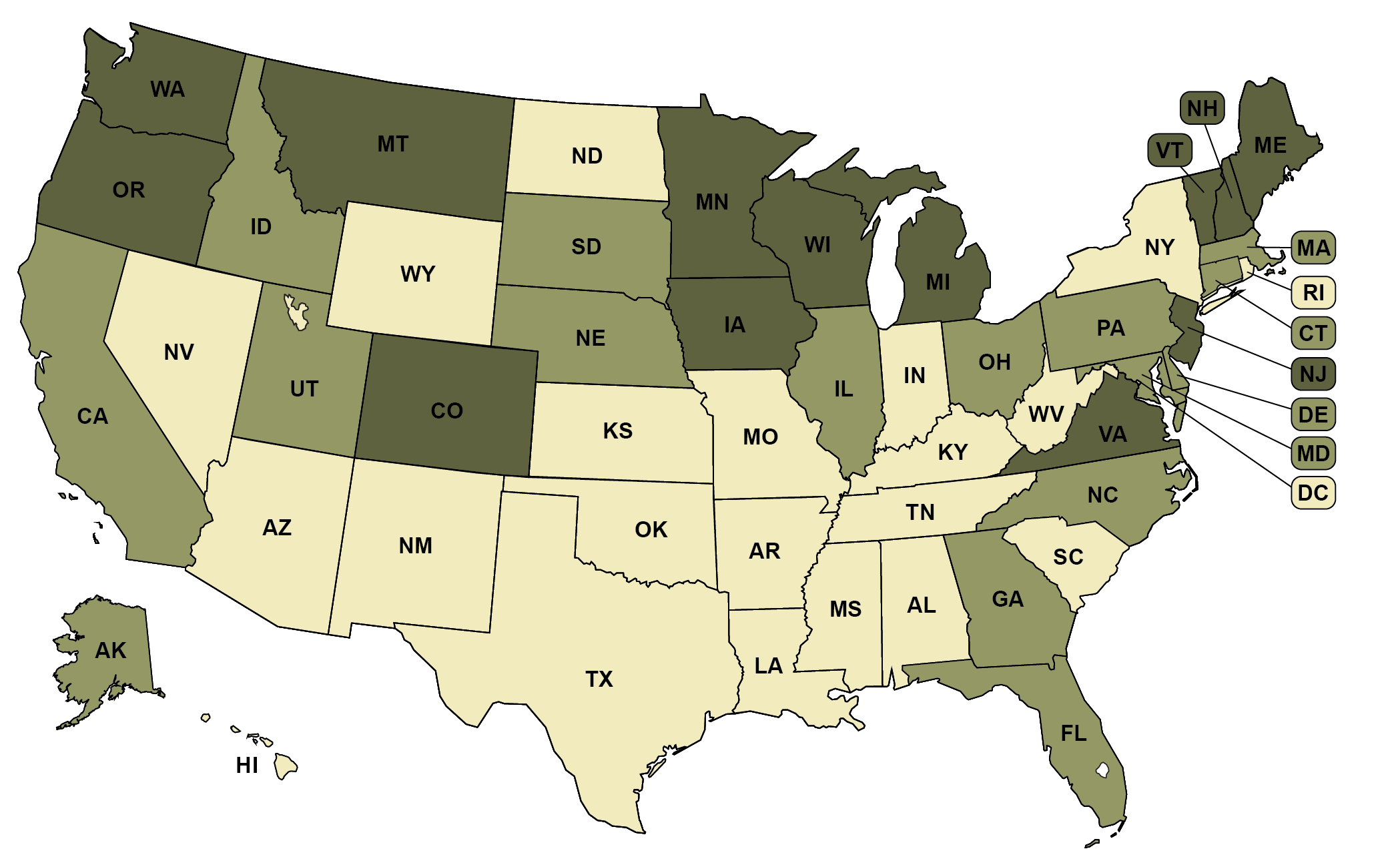Concerning Trends in Voter Turnout
The 2024 presidential election has unveiled alarming trends regarding voter turnout and preferences that should concern every advocate of democracy. According to Census data, the turnout rate among eligible voters hit 64%, marking it as the second highest since 1960. Yet, this figure masks a disconcerting reality: 26% of eligible Americans did not vote in any of the last three national elections, a demographic disproportionately composed of young adults and those without four-year college degrees.
Shifting Demographics of Support
Donald Trump"s 2024 campaign demonstrated a surprising shift in voter demographics, with his coalition becoming more racially and ethnically diverse than in previous elections. The Pew Research Center reports a near parity among Hispanic voters, with Trump capturing 48% of their support compared to Kamala Harris"s 51%. This is a stark contrast to 2020, where Trump only garnered 36% of the Hispanic vote. Additionally, Trump"s share of Black voters rose to 15%, up from 8% in 2020, and he secured 40% of Asian voters, compared to Biden"s 70% support of this demographic in the prior election.

Fewer young Americans plan to vote in 2024, Harvard youth poll fi…
The Youth Vote Dropped Off
Perhaps most troubling is the decline in youth voter participation. After a historic surge in 2020, when over 50% of eligible voters aged 18-29 cast their ballots, that figure plummeted to an estimated 42% in 2024. Young voters, who have consistently leaned Democratic, appear increasingly disenchanted with the political process. The Tufts University CIRCLE study highlights this disconnection, revealing that young voters expressed a notable preference for Harris over Trump, but lacked the motivation to turn out. This trend could have devastating implications for the progressive agenda, as young voters represent the backbone of movements advocating for climate justice, racial equality, and economic reform.
Impacts of Differential Turnout
The dynamics of differential turnout are crucial in understanding Trump"s victory. The Pew analysis indicates that 89% of Trump voters returned to the polls in 2024, compared to 85% of Biden voters. This discrepancy is compounded by the fact that a larger percentage of nonvoters from 2020 who participated in 2024 leaned towards Trump, with 54% supporting him compared to 42% for Harris. The implications are dire; if higher turnout had occurred among young voters, the electoral landscape might have shifted dramatically.

Democracy Maps | Voter Turnout Percentage
The Role of Electoral Policies
Policy decisions surrounding voter registration, accessibility, and disenfranchisement play a pivotal role in shaping who votes. The historical barriers that have impeded voting rights must be scrutinized more closely. The Voting Rights Act faces ongoing legal challenges that threaten to dilute its power, as reported by NPR. The erosion of these rights disproportionately impacts communities of color and young voters, further entrenching the very inequities democracy seeks to dismantle. Without robust advocacy for voting rights, the trends seen in the 2024 election may become a permanent feature of our political landscape.








